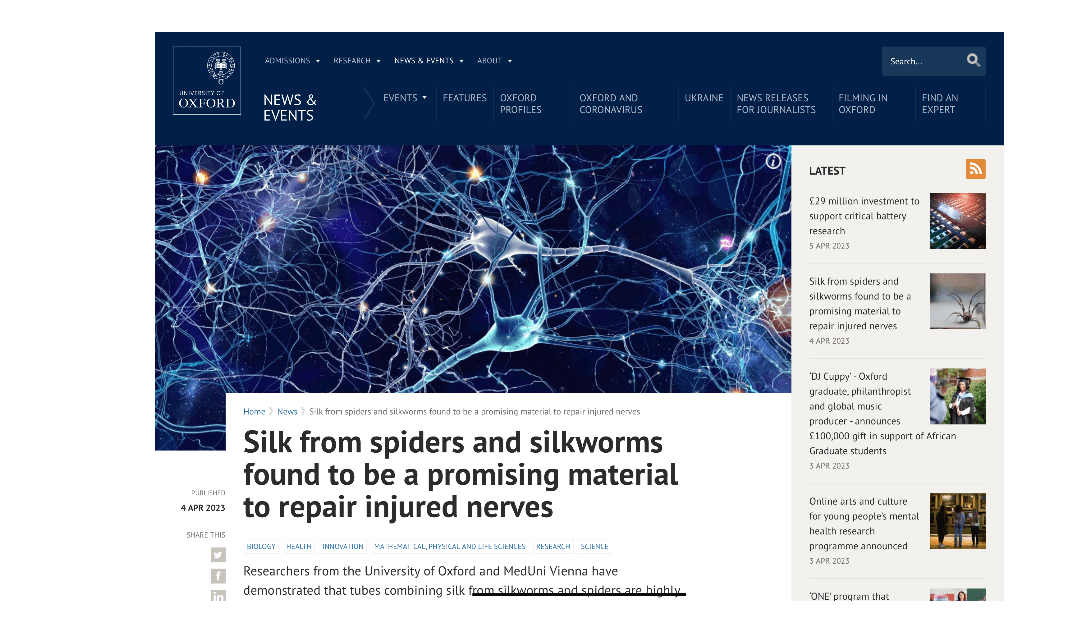I enjoy spinning a good yarn, particularly my Sir Anthony Standen Adventures. Because I write historical fiction, my research must be thorough. In the latest book, Called to Account, I have been very thorough with my medical research. I wont give you any spoilers, but a physician is a key character.
There are various vehicles for my research, including Wikipedia. When I need really minute detail, then JSTOR is the place. I access it via the Oxford University Alumni site. JSTOR is an online depository for academic journals and is used by many of the world’s universities. It allows me to take really deep dives into history and detail. When I needed to know who the Spanish ambassador to Paris was in 1567, JSTOR provided the answer. When I needed to know the name of a member of the Spanish council of war in 1593, it came good again.
Today I came across a post from Oxford University which made me gasp. Medical researchers have made significant progress with repairing injured nerves. They have used silk from silkworms, and fibres from the silk of golden orb-web spiders. By combining these and bridging the gap in a damaged nerve, they have created a framework across which the damaged nerve is able to repair itself.
I can only imagine the potential benefits to patients. Might those with broken backs walk again? Could those with damaged optical nerves see again? I was so proud of my alma mater Oxford University for their pioneering work on the Covid vaccine, now this. It cushions the blow of the defeats to Cambridge in this year’s boat race. What is a race compared to this? I seem to remember that one of the boat race crew, it might even have been Cambridge, was carrying out research on motor neurone disease. Bravo Cambridge! Go Oxford! Let’s get these diseases, and injuries into the realm of historical fiction where they belong.

